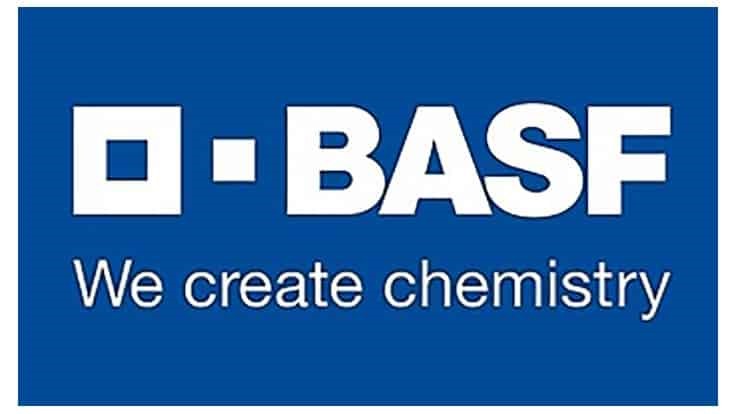
Orkin ranked metro regions by the number of new rodent treatments performed from September 1, 2019 to August 31, 2020. This ranking includes both residential and commercial treatments.
1. Chicago
2. Los Angeles
3. New York
4. Washington, D.C.
5. San Francisco
6. Detroit
7. Philadelphia (+3)
8. Baltimore (+4)
9. Denver
10. Minneapolis (-2)
11. Cleveland, Oh. (-4)
12. Seattle (+1)
13. Boston (+1)
14. Atlanta (-3)
15. Indianapolis (+1)
16. Dallas-Fort Worth (-1)
17. Houston
18. Pittsburgh
19. San Diego (+13)
20. Miami (-1)
21. New Orleans (+6)
22. Cincinnati (+1)
23. Portland, Or. (-1)
24. Milwaukee (-4)
25. Norfolk, Va. (+1)
26. Raleigh, N.C. (-2)
27. Hartford, Conn. (-2)
28. Columbus, Oh (-7)
29. Grand Rapids
30. Kansas City (+8)
31. Charlotte, N.C. (-3)
32. Phoenix (5)
33. Richmond, Va. (-3)
34. Nashville
35. Greenville, S.C. (-2)
36. Sacramento (+5)
37. St. Louis (-6)
38. Albany, New York (+10)
39. Champaign, Ill. (-3)
40. Green Bay (+18)
41. Tampa (-1)
42. Flint, Mich. (+3)
43. Buffalo, New York (-8)
44. Syracuse (-5)
45. Knoxville (+14)
46. Orlando (-3)
47. Burlington, Va. (+2)
48. Albuquerque (+19)
49. Dayton (-2)
50. West Palm Beach (+3)
In an unprecedented year, the visibility of rodents has increased, creating concern for homeowners and business owners alike. As reported in the Spring, the pandemic-driven closure of restaurants forced rodents to find new food sources. Without food waste to consume, these pests were seen scavenging new areas and exhibiting unusual or aggressive behavior. The presence of rodents became so relevant that the Centers for Disease Control and Prevention issued Rodent Control guidance on ways to keep rats and mice out of homes and businesses.
As we approach colder months, rodent activity will only continue increasing as these pests seek shelter in warm areas with available food and water, so businesses should pay extra attention to the attractants that entice rats and mice.
“Rodents are experts at sniffing out food and shelter, and they’re resilient in their ways to obtain both,” said Ben Hottel, an Orkin entomologist. “Commercial properties offer the ideal habitat for rodents, and once they’ve settled in, they’re capable of reproducing rapidly and in large quantities.”
Rodents are known to cause severe structural damage with their strong jaws and burrowing skills. They have oversized front teeth for gnawing, and they have check teeth, which are adapted for chewing a variety of items, including electrical wires, water pipes and gas lines. “Unfortunately, rodents can cause great damage in and around facilities,” said Hottel.
Beyond structural damage, there are multiple health issues associated with rodents, and during a time of heightened awareness around virus transmission, preventing rodents and the harmful pathogens they carry is critical. Rodents are capable of contaminating food through pathogens that can cause food poisoning or Leptospirosis. They can also spread diseases such as Hantavirus and Plague, specifically in the Western U.S., both of which while uncommon, can be fatal.

